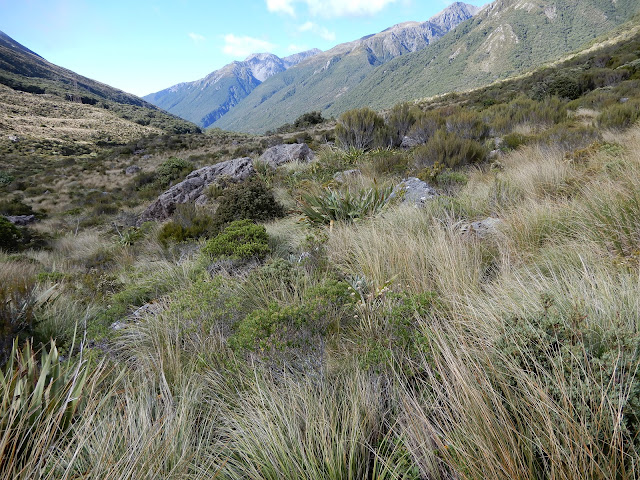Although TPP cannot remember when the list was made, a bucket list of trees was constructed, it did include a baobab (seen in South Africa) and the southern Beech. TPP does not know this genus well, and while he's seen it a few times, you cannot say you've seen a lion if only in a zoo. This is a high latitude southern hemisphere tree, and not sure why the southern Beech is named Nothofagus (N. solandri shown here probably). The forest (just below the subalpine zone) is almost a monoculture and pretty low diversity until you get to the fern/moss floor of the forest. It has the look of Middle Earth about it, and the trees have quite a covering of mosses and lichens on their trunks. The genus has quite an old looking distribution the type we now associate with Gondwana an ancient super continent. But sadly no Glossopteris. No one said this was an easy bucket list.
The leaves are about a cm or so long.
Change of address
5 months ago in Variety of Life


























